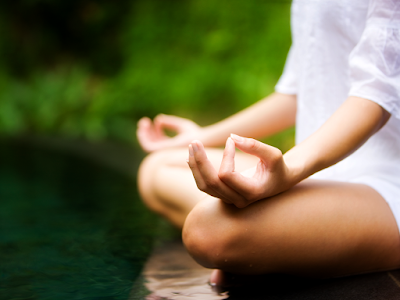Despite a million warnings that we
hear against white sugar, we still can’t rid ourselves of the habit of these
white sweet crystals. Even the very organic brown sugar isn’t all that healthy
and is hardly different from white sugar. And with such increasing demand for
sugar, its supply is also increasing with an equivalent (or even greater)
supply of various diseases like diabetes that are infecting the planet. So how
do we substitute this sweetener to better our health? And with what? Hard
questions indeed!
Before I suggest you healthy
alternatives for white sugar, I want all my readers to be more convinced of the
need for replacement in the first place. Here is a list of reasons which I
hope, not only convinces but, rings alarm bells for all the white sugar
consumers:
- · Declines growth hormone
- · Feeds cancer
- · Increases cholesterol
- · Weakens eyesight
- · Causes drowsiness in children
- · Slows absorption of protein
- · Causes food allergies
- · Contributes to diabetes
- · May contribute to eczema in children
- · May cause cardiovascular disease
- · May impair the structure of DNA
- · May cause hyperactivity, anxiety and crankiness in children
- · Reduces immunity against bacterial infection
- · Assists the uncontrolled growth of yeast infections
- · Contributes to osteoporosis
Now, we are ready and more receptive
to an alternative. So here it is. We have two natural and healthy (literally)
alternatives for sugar:
Stevia from the Asteraceae family: It is calorie-free, thus, does not affect
production of insulin. It is 300 times sweeter than sugar and so only little
amount is needed to replace sugar. Not many reports of toxicity with Stevia
have been reported but the only thing bad about this otherwise all-good product
is that it can taste slightly bitter in some recipes. But this bitterness can
be done away with by adding the other natural sweetener along with it, Xylitol.
Xylitol:
A very healthy substitute for white sugar with various benefits. It has a
minimal impact on blood sugar and insulin levels. It has a glycemic index of 7
as against 60 of sucrose. It prevents yeast infections, plaque and dental
cavities up to 80%. It slows demineralization and enhances re-mineralization of
tooth enamel.
As Stevia might be bitter with some
recipes, Xylitol can be a bit expensive. These two can be mixed in the ratio
1:12 (1 part of Stevia with 12 parts of Xylitol) and this mixture will make it
sweet with any recipe and more affordable than only Xylitol.
Since the word is out on the benefits
of Stevia and Xylitol, these are easily available in grocery stores, online and
more. These miraculous substitutes will turn your cakes healthy and you guilt-free!





















